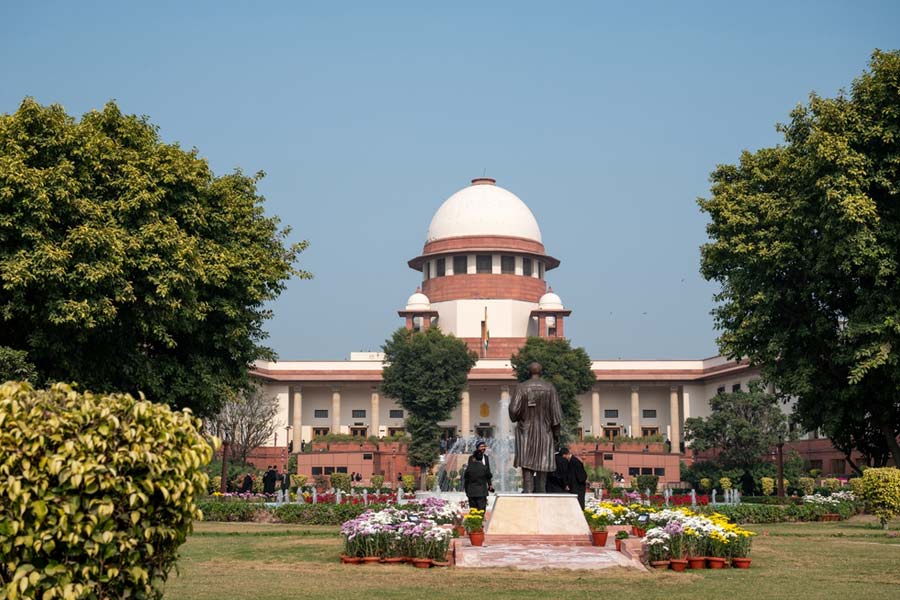Bhubaneswar, Oct. 14: The water level at the Hirakud dam has crossed its maximum storage limit of 630ft and touched 630.5ft this week - a record in 18 years - despite less-than-normal rainfall in the upper catchment area of the Mahanadi and regulated release of river water by Chhattisgarh.
An senior official said that after a gap of almost 18 years, the authorities had managed to maintain such a high volume of water in the dam.
"In 1999, we had maintained a level at 630.43ft. But at that time, the inflow of water to the reservoir was much more because there was no barrage upstream like this is now in Chhattisgarh. Additionally, there had been good rainfall in the upper catchment area. Now, despite less rainfall, we have managed to store this volume of water," said a senior official.
"What is more important is that by October end, the reservoir used to get 25 million acre foot of water. But this time, it has received only 10 million acre foot. With the monsoon receding, it will be almost be impossible to get the remaining 15 million acre foot of water by October end," the official said, adding that the inflow of water at present was 36,926 cusecs and the outflow 24,221 cusecs.
Since Chhattisgarh has constructed barrages and the water flow dropped, the water resources department has been extra cautious in its water management.
"Earlier, we tried to keep water at the reservoir's full storage capacity. But from last year, we have started keeping water exceeding its capacity," the official said.
The state government is hopeful that its Mahanadi water problem would be mostly solved after the formation of a special tribunal that will determine the quantum of water to be shared by the state.
"We have to wait till November 19 as the Centre has decided to notify setting up of a tribunal. But till that time, the Chhattisgarh government should stop further construction," he said.
The Hirakud dam management authorities hope that with the current volume of water, that they would be able to provide water for hydel power generation and also for irrigation purposes even if the Chhattisgarh government does not release adequate water during the lean period this year. An official said that out of the seven hydroelectricity power generation units, five were now operating. "In future, after providing water for irrigation, we will provide water for power generation and only then for the industries. We cannot give preference to industries given the current situation," he said.











